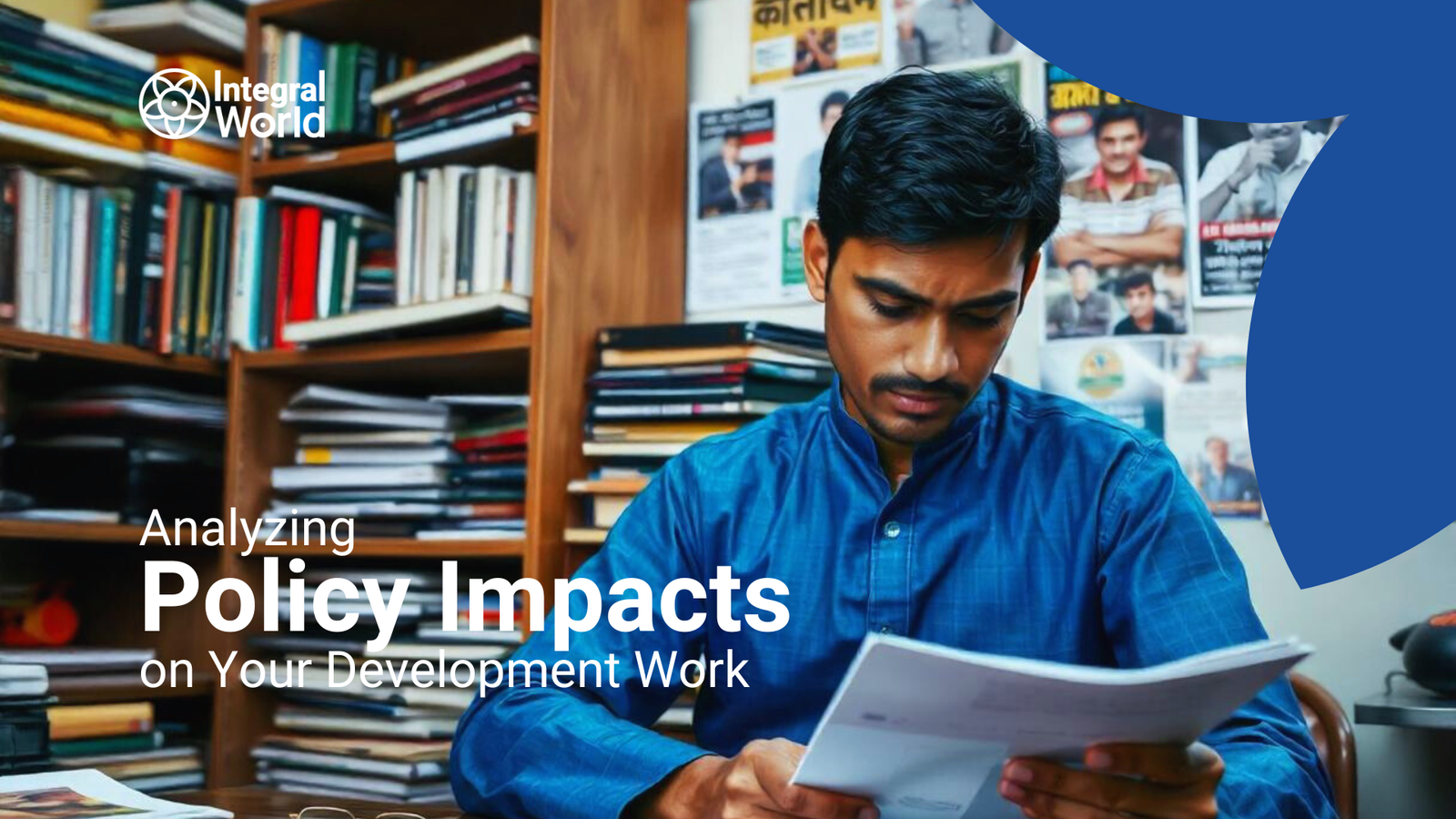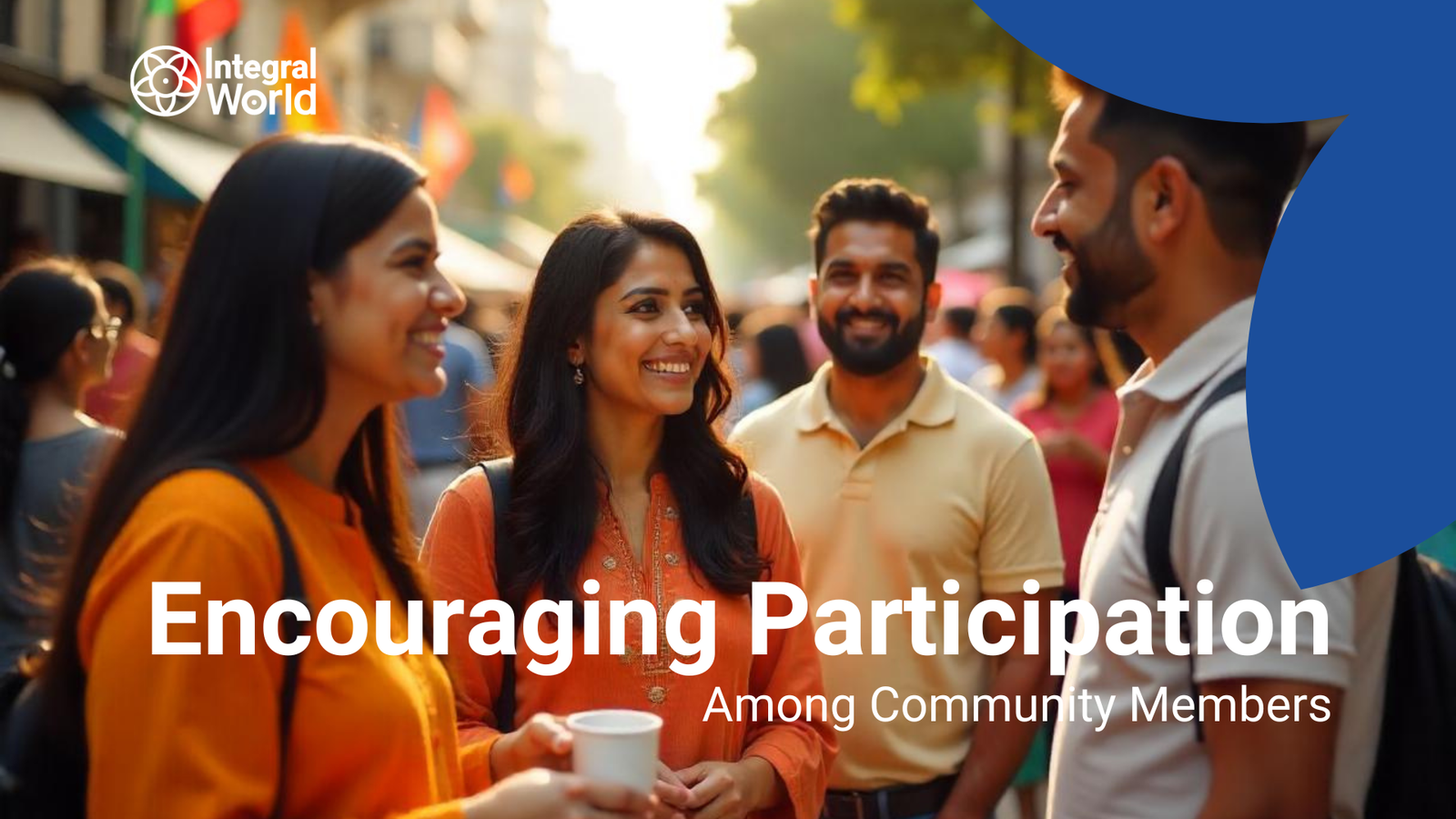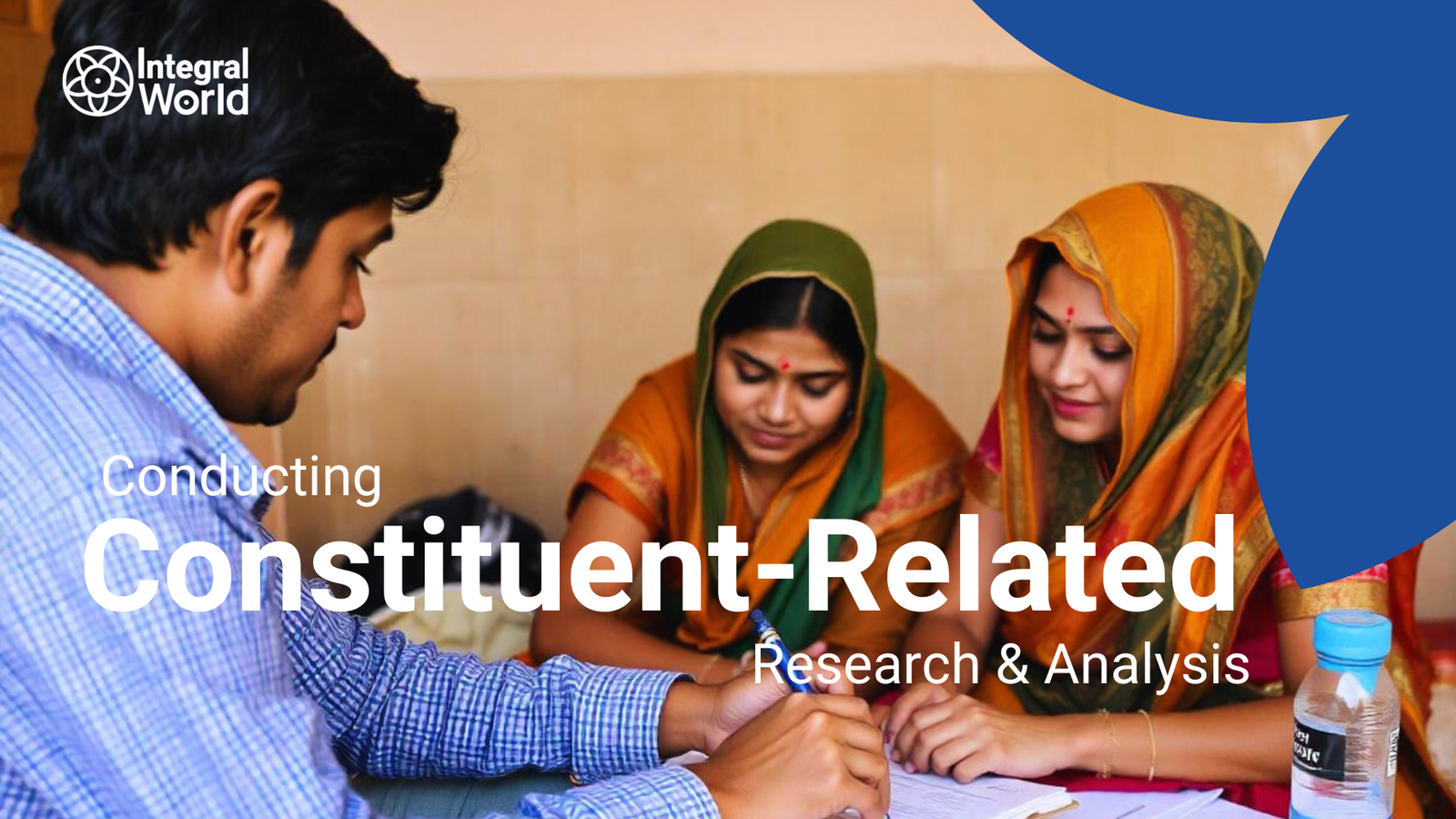Comprehensive monitoring and evaluation (M&E) plans are crucial for sustainable growth, enabling organizations to measure impact, adapt strategies, and achieve development goals. This article provides insights, case studies, and practical steps for NGOs to drive positive global change.
Continue readingAnalyzing Policy Impacts on Your Development Work
Policy changes can shape the success of development work. This article explores how NGOs like Integral World can analyze and adapt to these shifts, leveraging expert insights and case studies to achieve sustainable, holistic impact in their missions.
Continue readingEncouraging Participation among Community Members
This article explores how clear vision and strategic changes can enhance community engagement, driving meaningful improvements for NGOs and fostering positive global impact.
Continue readingConducting Constituent-Related Research & Analysis
For effective initiatives in sustainable and holistic development, deep understanding of the communities and constituents is necessary. Constituent-related research and analysis are important for driving positive global impact and achieving development goals at Integral World, a non-profit organisation aimed at promoting sustainable and holistic development.
This article will discuss how organisations can be steered towards these objectives through clear vision as well as strategic change supported by insights from scholars and thought-leaders, concrete examples, and actionable tips.
The Importance of Research on Constituents
Nonprofits collect data about the people and communities they serve while conducting constituent related research. Through this process, valuable knowledge regarding their needs, preferences, challenges as well as aspirations is obtained.
When done properly it informs strategic planning, program design and resource allocation ensuring that plans are relevant to the context and therefore impactful.
Key Benefits
Informed Decision-Making: Organisations should make decisions based on data including specific needs or dynamics of their target populations so that they improve program relevance as well as efficiency.
Increased Stakeholder Engagement: Engaging the community in research promotes ownership among them; it implies that even common citizens have a voice.
Enhanced Program Design: Organisations can develop programs addressing practical aspects informed by constituent inputs leading to better results with recipients’ satisfaction.
Resource Optimization: How nonprofits use resources efficiently is crucial. In order to identify areas where there is high demand for funds, research helps identify priority areas.
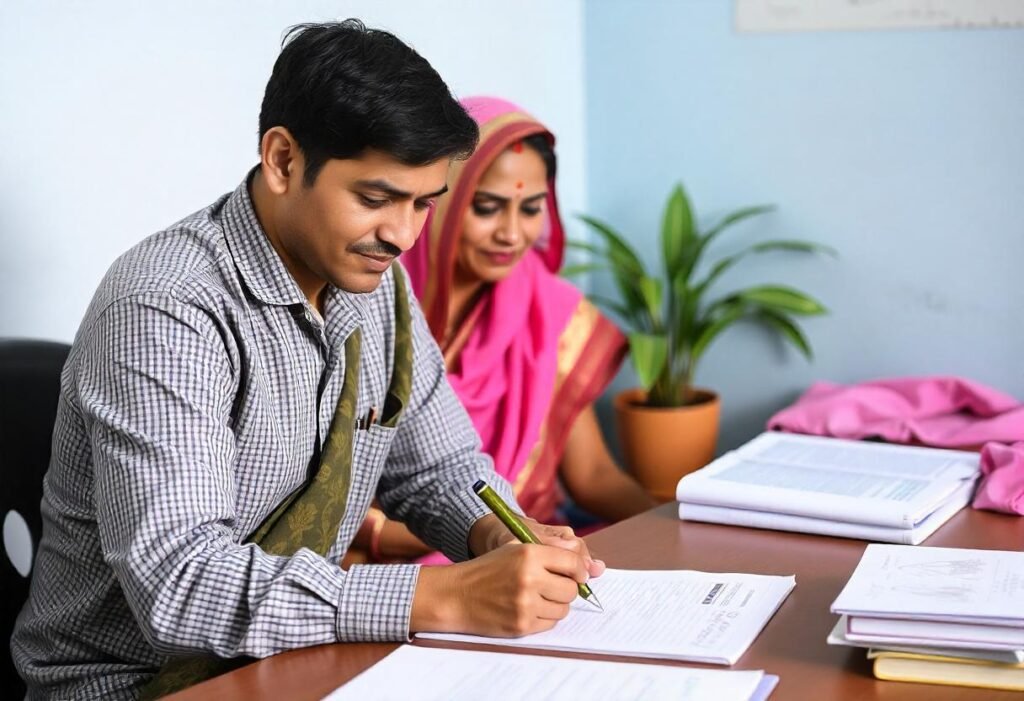
Concrete Examples and Case Studies
Example 1: Rural Education Programs
A non-profit organisation dedicated to improving education in rural areas that are underserved conducted thorough research to identify the specific challenges faced by local schools. They found out through extensive interviews with teachers, parents and students that there were inadequate learning materials and poor school infrastructure. Based on this information, they provided educational resources, upgraded classroom facilities and organised teacher training workshops among other things as a way of addressing these issues. Targeted research led to increased student enrollment and improved academic performance, demonstrating its effectiveness in addressing educational needs.
Example 2: Urban Environmental Projects
An environmental NGO focusing on urban areas used research methods to identify pollution sources and the main environmental concerns in a particular locality. Public surveys as well as forums helped them find out more about such things as industrial waste and vehicle emissions. Accordingly, it initiated pollution control measures such as community clean-up events and awareness campaigns. Consequently, this resulted in better air quality & more environmentally aware communities.
Steps to Conduct Effective Constituent-Related Research
Conducting thorough and effective constituent-related research involves several key steps. Here is a step-by-step guide for NGOs and other organisations:
Step 1: Define Research Objectives Clearly define what you hope will come from this study. What specific information are you seeking? How is this information useful for your programs or strategies? A clear purpose helps guide the research process, making it actionable.
Step 2: Choose Appropriate Research Methods Select research methods that match your objectives and context best. Examples include surveys, interviews, focus groups or observation studies. To have a fuller understanding of an issue, mixed methods which combine both approaches can be used.
Step 3: Engage the Community Involve local people in your research process like designing the study, collecting data, analysing finds among others. This would mean that when carried out on-the-ground its findings become more relatable thus becoming more credible therefore be acceptable.
Step 4: Collect and Analyze Data Gather data systematically following ethical considerations. Tools used should guarantee accuracy and dependability of collected data.. Thereafter, analyse data so as to identify patterns/trends/key insights thereby giving a rigorous analysis reflective of the community’s context.
Step 5: Share Findings And Take Action Let stakeholders like community members learn about the facts obtained through such a survey; donors and partners. Utilise this experience, and direct the strategic planning, program design as well as resource allocation for better results. Implement the actions recommended then have subsequent monitoring and evaluation of their impact.

Practical Strategies for NGOs
Taking into consideration the insights and practical examples given above, here are some practical strategies for NGOs that would assist them improve their constituent related research and analysis:
Build Local Partnerships Partner with other local organisations, community leaders and academic institutions. The partnerships will provide valuable skills in a wider range of fields including being able to engage communities more effectively as well as make your research more credible.
Use Technology In order to obtain data correctly, use technology effectively. Mobile surveys online platforms or data analytics tools can facilitate ease of conducting research saving on time thus giving reliable outcomes.
Ensure Cultural Sensitivity: Bear in mind cultural norms when designing or implementing research programs. This should involve using appropriate language, respecting local customs among others so that you avoid power dynamics.
Foster transparency by clearly communicating your intentions at every stage of the research process, from setting goals to sharing your methodology and findings. Make the entire process open to those affected or interested, such as the broader society.
Continuously Evaluate And Adapt Research is not a one-off activity but rather a continuous one where you keep evolving according to new learnings. Continuous evaluation leads to iterative nature leading to sustainability of such programs since they remain relevant until the end
Conclusion
For non-profit organisations to achieve sustainable and all-inclusive development, there is a need for constituency related research and analysis. It provides insight into communities, enabling informed decisions, effective program development, and resource optimization for better outcomes. Integral World is dedicated to aiding non-profits realise their objectives of development using strategic and thoughtful research.
Is your organisation prepared to extend its influence by undertaking inclusive constituent based research? To receive our assistance and have access to our expertise in this area, partner with Integral World. By coming together we can foster sustained growth that will positively impact globally. For more information about our services as well as case studies, checkout our website.
Strategies for Indirect Engagement in Public Relations
In the framework of sustainable development and social impact, effective public relations is crucial for engaging communities and driving meaningful change. Although direct engagement is largely highlighted, indirect strategies may also play a major role in establishing relationships, building trust as well as dealing with key development issues.
In the case of Integral World which stands out in identifying solutions to development problems, mastering public relations indirect engagement can be instrumental in magnifying their influence.
The article therefore highlights how organisations can identify and address development issues by understanding community needs, provides a step-by-step guide on indirect engagement strategies, includes examples of cases as well as expert insights.
Understanding Community Needs
The basis of any successful public relations whether direct or indirect is the deep knowledge about targeted communities. It implies not only understanding their needs but also challenges faced by them, aspirations that they have and cultural contexts within which they exist.
Key Steps to Understanding Community Needs:
Conduct Comprehensive Research:
- Surveys and Interviews: Use surveys or interviews to collect quantitative and qualitative data about what people need.
- Focus Groups: Organise focus groups for detailed discussions and insightful understanding.
- Ethnographic Studies: Use ethnographic studies to recognize cultural contexts from the viewpoint of the community itself.
Engage Local Stakeholders:
- Community Leaders: Establish partnerships with influential local leaders who are knowledgeable enough to give good advice.
- Local Organisations: Collaborate with local non-governmental organisations (NGOs) or community-based organisations (CBOs) that possess necessary capacities or extensive networks.
- Public Forums: Engaging all interested parties into debates during public forums or town hall meetings will help you do away with this obstacle.
Analyze Data and Identify Patterns:
- Data Analysis: Through analysing collected data you can reveal common themes as well as pressing issues.
- Needs Assessment Reports: This summarises findings in compiled needs assessment reports whose results should inform strategic planning processes.
Indirect Engagement Strategies in Public Relations
Indirect engagement strategies are subtle yet powerful tools for building relationships and trust without direct interaction. These involve the use of media, influencers, and community-driven platforms to make a positive impact.
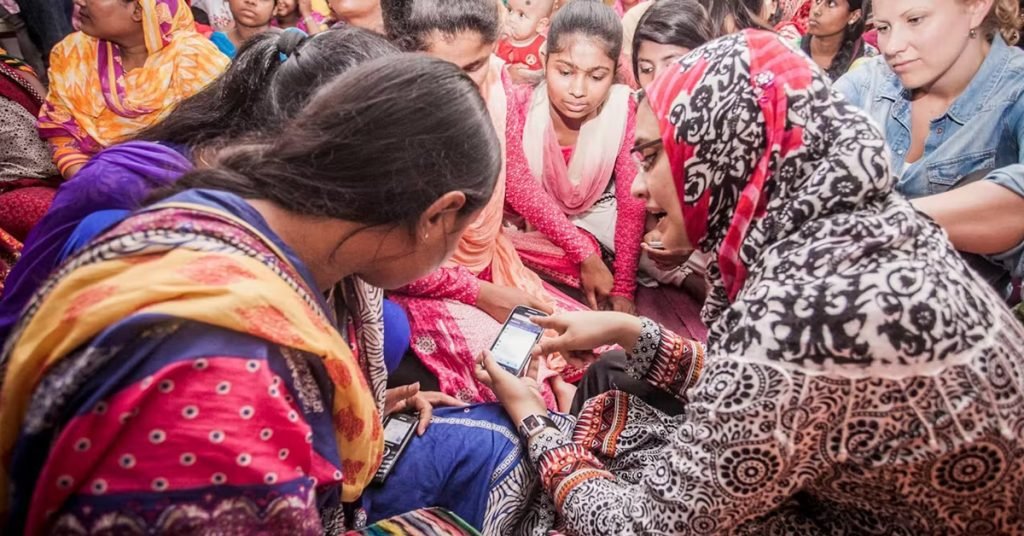
Leverage Media Relations:
- Media relations entail establishing and maintaining contact with journalists, editors as well as media houses to secure some coverage that draws attention to your organisation’s mission and initiatives.
- Press Releases: Draft press releases carrying interesting news updates, success stories as well as impact accounts by the charity or NGO in question.
- Media Kits: Constructing comprehensive media kits that contain basic details about your organisation, major projects as well as expert spokespeople.
- Op-Eds and Articles: Writing op-eds or articles meant for local or national publications is an effective way of sharing how your organisation thinks about development problems and their solutions.
Collaborate with Influencers:
- Influencer collaborations refer to working with individuals who have massive following on social networks including Instagram, Facebook, Twitter among others thus impacting positively on people who follow their pages thereby spreading the message of your organisation wide.
- Identify Relevant Influencers: Find ones whose values match those of your organisation and audience too.
- Co-Create Content: The collaboration may result in joint production of adverts which highlights what is being done by these organisations within the communities where they serve them for instance through webinars.
- Ambassador Programs: Organise ambassador programs where select few individuals will be charged with responsibilities such as writing reviews or introducing new products online rather than just telling people about them; however it should be noted here that we should not remove this part because the argument is still not complete until we give our view concerning it although we were never asked to do so by the one who developed the topic.
Case Study: UNICEF and Celebrity Ambassadors
UNICEF has successfully engaged celebrities and influencers as goodwill ambassadors to promote its campaigns. Using their fame, these good will ambassadors are able to bring awareness about and raise support for UNICEF’s activities worldwide.
Utilise social media:
- Social media platforms present a potent opportunity for indirect involvement in the activities of organisations which enables them to both reach and engage with their customers.
- Content Strategy: Develop some educational posts, success stories as well as calls to action while creating a content strategy.
- User-Generated Content: Motivate citizenry to contribute by providing the public with their stories and experiences regarding your initiatives.
- Social Media Campaigns: Unveil social media marketing campaigns that would increase consciousness about an issue and encourage interaction.
Case Study: The ALS Ice Bucket Challenge
The ALS Ice Bucket Challenge is one instance where social media has been used for indirect engagement. Involving user-generated content and wider participation on social networking sites, this campaign went viral raising awareness about ALS and funds for research on it.
Engage through Community Platforms:
- Indirect engagement can be done through community platforms such as local forums, online communities and community radio stations.
- Local Forums: Participate in local forums in order to share updates, ask questions or discuss about development issues
- Online Communities: Find online communities related to your cause, join and contribute valuable insights, resources etc.
- Community Radio: Utilise this platform to broadcast stories, interviews or educational materials targeting the local population.
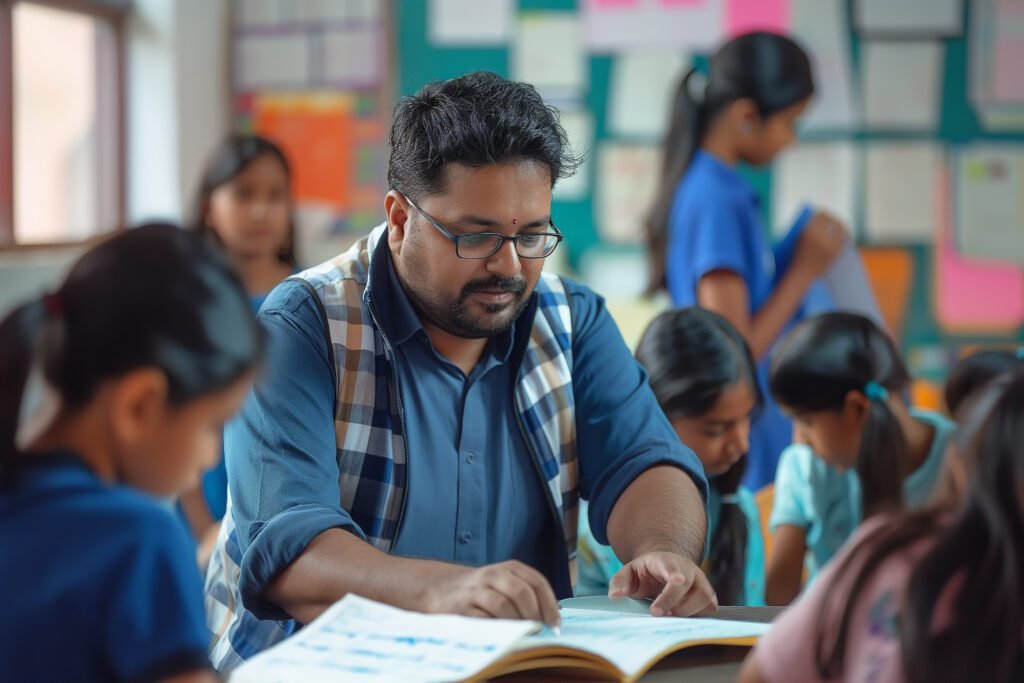
Case Study: Community Radio in India
Community radios have played a major role in promoting social development as well as community participation within India. These organisations use these platforms to disseminate information, share success stories and engage members of the community into discussion. Expert Insights on Indirect Engagement
1. Brian Solis who is also a digital analyst insists upon building relationships via indirect engagement “Engagement is personal connection. It is knowing what interests your audience wants; what they need; how do they behave? It’s using that knowledge then using that knowledge then acting upon it.”
2. Richard Edelman, the CEO of Edelman focuses on the trust aspect of indirect engagement “Trust is our number one equity. Organisations that want to build trust must be open, consistent and true to their mission. When the principles are aligned with indirect engagement then it does magic in terms of credibility and impact.”
Conclusion
Indirect engagement strategies are essential tools for organisations like Integral World to build relationships, foster trust, and address key development issues effectively. By deeply understanding the needs of the communities they serve and leveraging media relations, influencer collaborations, social media, and community platforms, organisations can amplify their impact and drive sustainable development.
Ready to enhance your public relations strategy with effective indirect engagement techniques? Visit www.IntegralWorld.org to learn how we can support your organisation in building strong community relationships and achieving sustainable development goals through innovative PR strategies.

